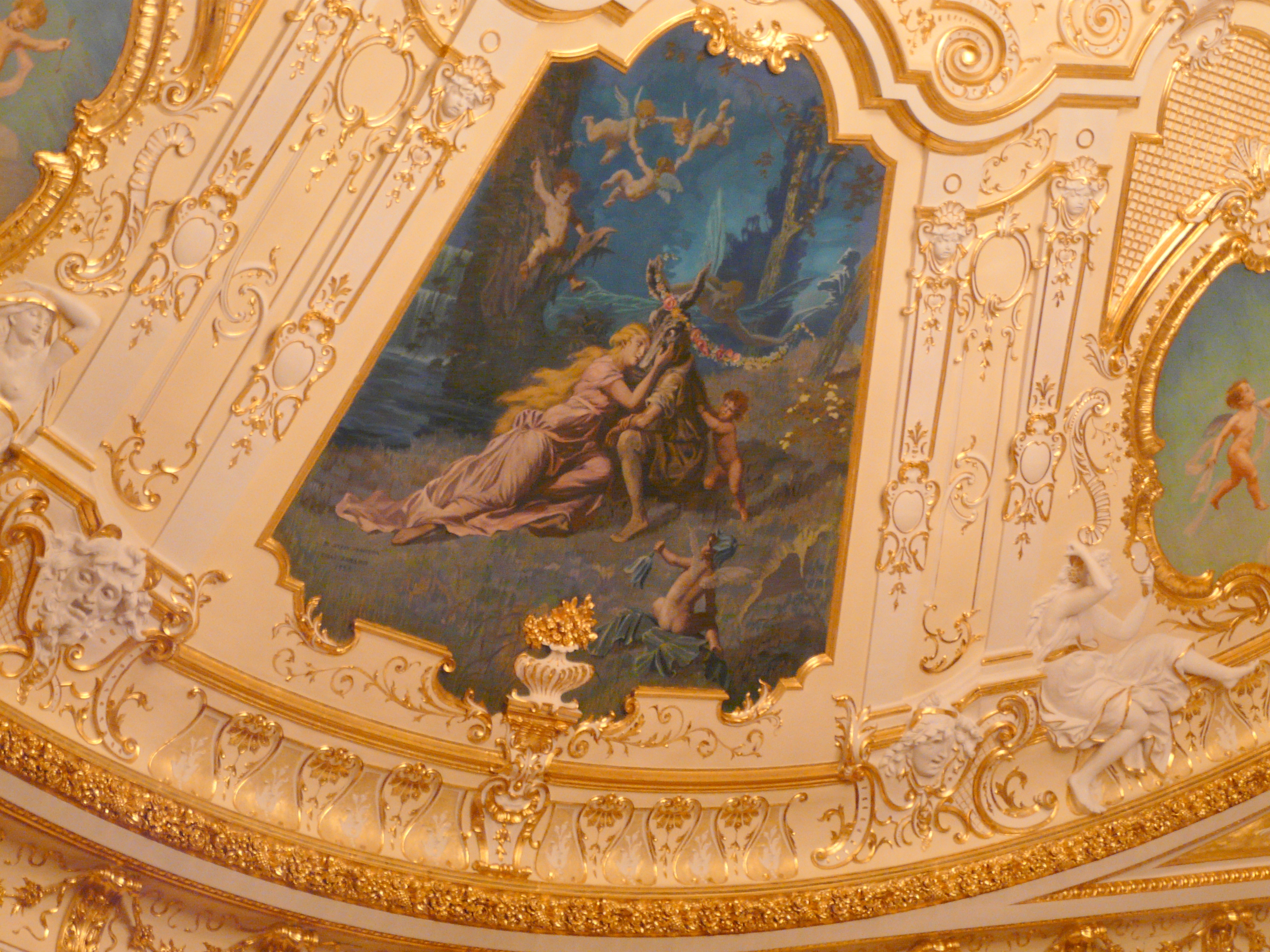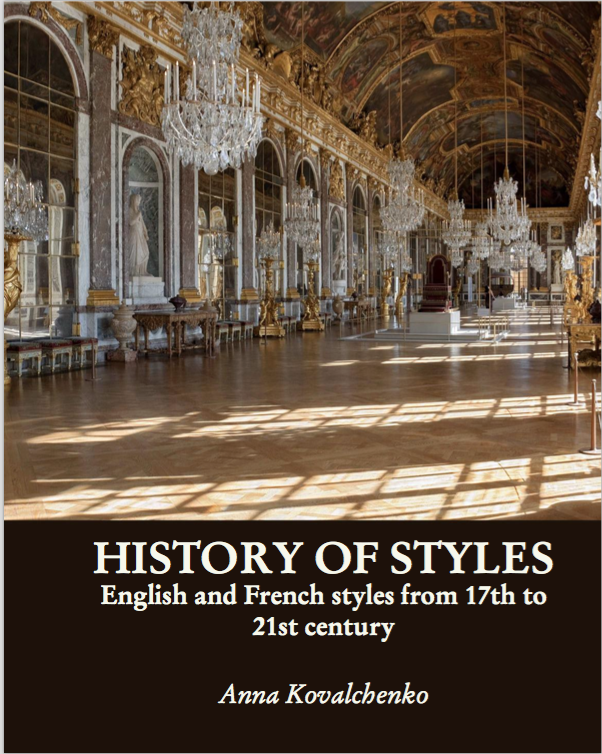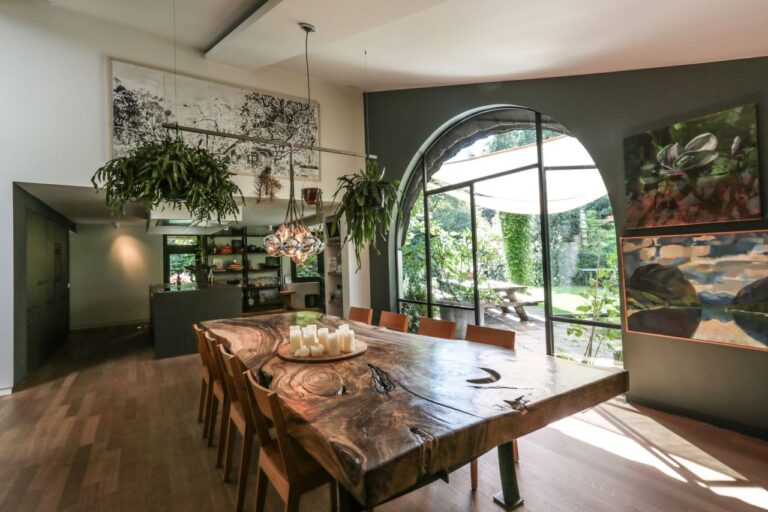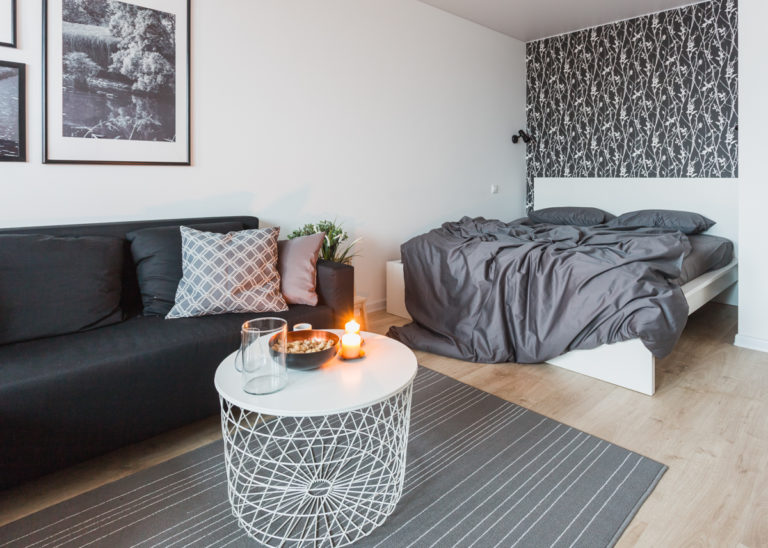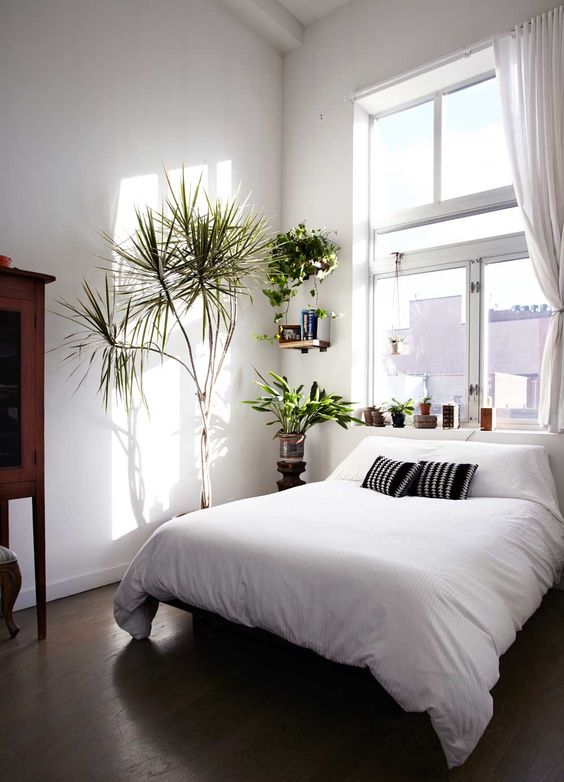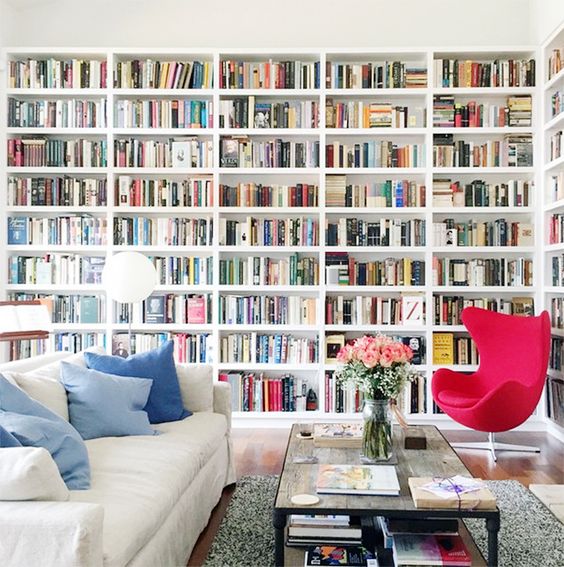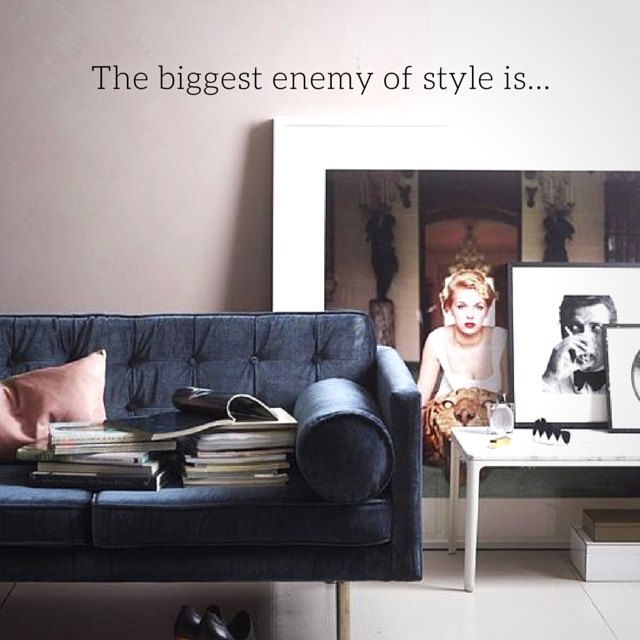Style at a Glance: Rococo
Talking about multiple historical styles existing in Interior Design, there is one which leaves no one indifferent… Some people love and adore it, whereas others simply hate it considering it too much frivolous, flighty and fussy (It’s not on purpose I used adjectives all starting with “f”). In this article we will focus on the famous Rococo style. In order to understand how this style emerged one must plunge into the era of its creation.
Imagine France, XVIII century… After the reign of the Sun King, Louis XIV, France became one of the richest and most powerful nations in the world. His successor Louis XV became a new king of France at the age of five. For the next eight years king’s nephew, Duc d’Orléans was appointed as a regent. He was well known for his passion for beautiful things and easy way of life, free of imperial ambitions of his predecessor. French aristocracy was able to enjoy luxurious and idle life. As a result of political changes and relaxed mood among upper classes of society new style in architecture, design and arts had emerged. It was created solely by French aristocracy, reflecting its hedonistic moods and tendency to run from reality to imaginary world.
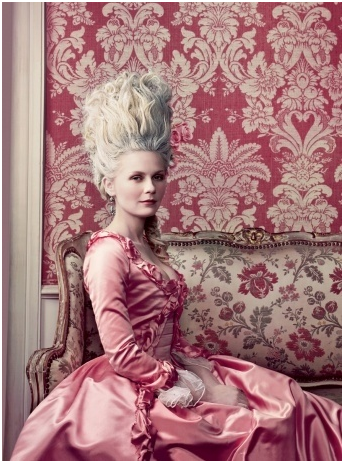
Functionality takes a backseat meanwhile beauty and luxury become the most important criteria. Women build intricate hairstyles of incredible heights, and to protect those valuable creations they don’t wash the hair for weeks. Men wear lush lace jabots and women skirts become bigger and bigger. Interiors amaze with luxury and abundance of decorative details. I recommend you to watch “Marie Antoinette” movie with Kirsten Dunst to get a feeling of this so “feminine” epoch.
Rococo had main impact on interior design, furniture and objets d’art, rather than on architecture. Generally this style is characterized by asymmetrical design, delicate curving forms, pastel colours (mainly blue, green and pink) and plenty of decorative details and accessories. Walls are covered with silk fabrics and decorated with golden moldings, paintings and mirrors. I took this picture in Odessa National Opera and Ballet Theater, its interior is an example of late French Rococo style:
Some of the most famous buildings decorated in Rococo style include Château de Versailles in France, Catherine Palace and Gatchina Palace in Russia and the Charlottenburg Palace in Germany.
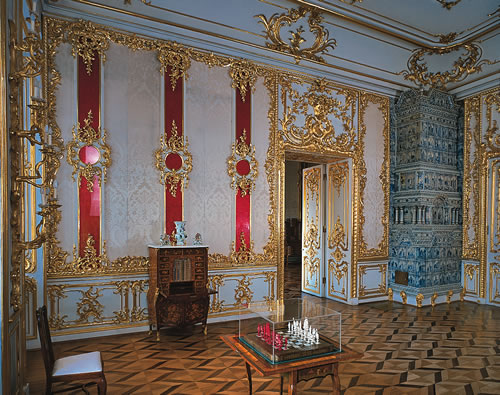
Lets look at some typical features of Rococo style in detail:
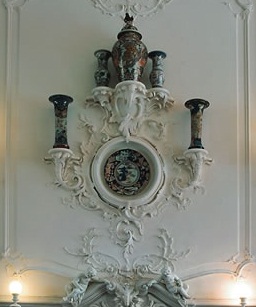
1. Asymmetry – this is one of the main differences from Baroque style. If you look at Rococo ornaments, one half of the design never matches the other half. Through the use of asymmetry designers sought to achieve lightness and airiness of the decoration, creating a playful and carefree mood. Numerous swirls, scrolls and floral designs whimsically curve, twist and interlace.
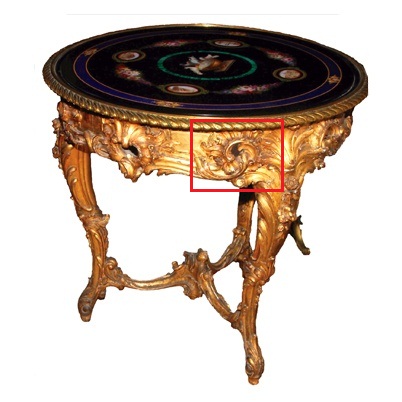
2. Rocaille – a very often used motif for decoration in Rococo, which also gave the name to this style. Rocaille is an image of shell usually carved on stone which was initially used for decorating entrance of grottoes. Later the word Rocaille was applied for every shell-like, rock-like or elaborate scroll ornament. This motif was used as decorative pattern for furniture, wall carvings and accessories.
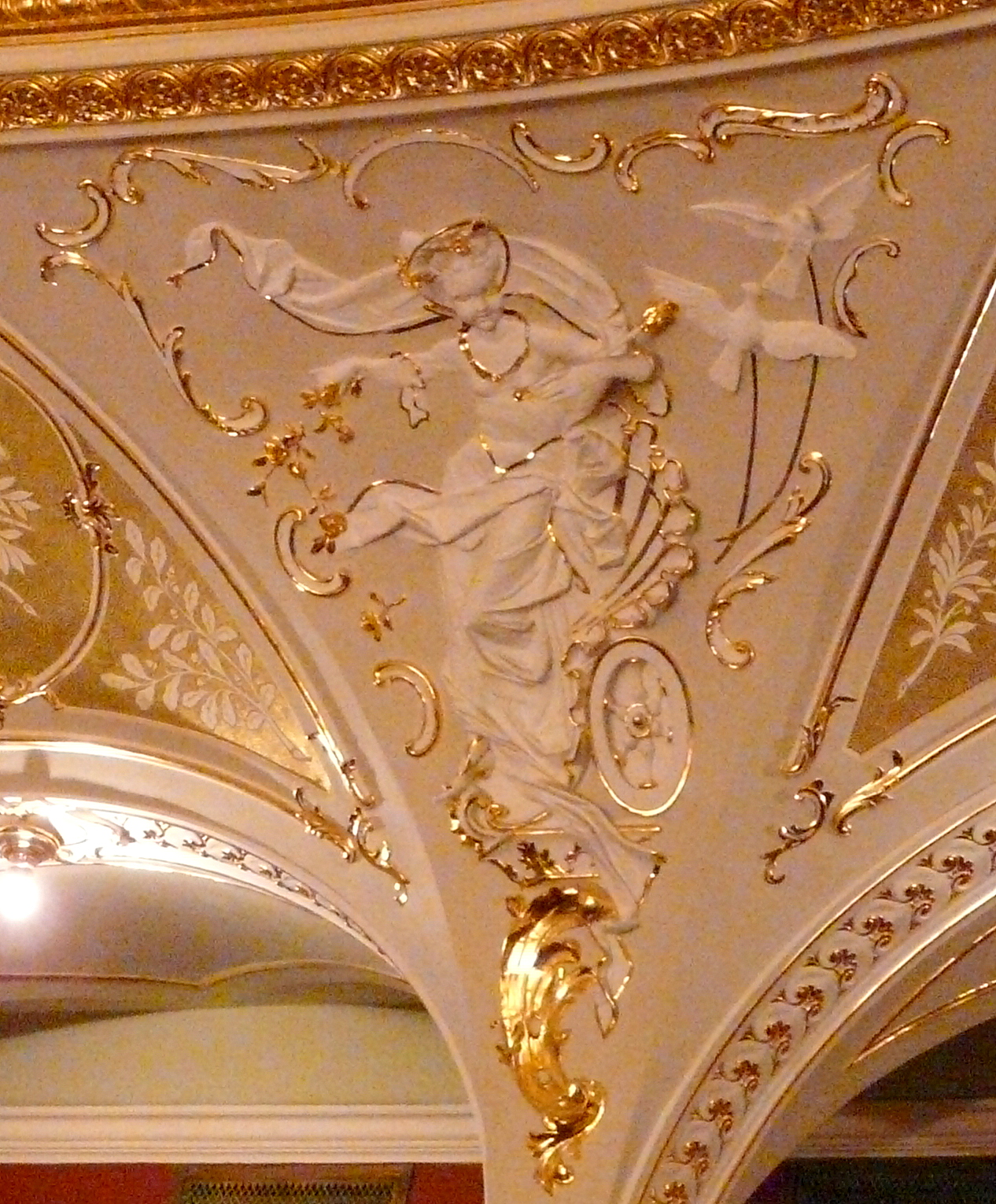
3. S and C scrolls were inherited from Baroque style. However in Rococo these ornaments are usually placed asymmetrically. S an C scrolls are also used in furniture design. For example, legs of chairs and tables of that period resemble letter S.
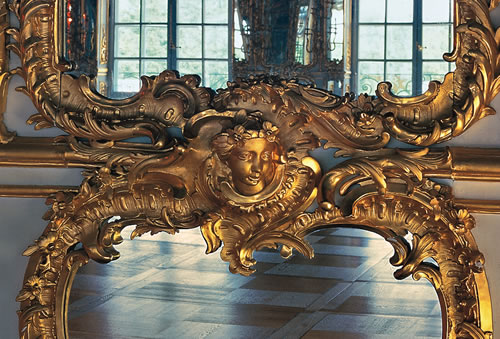
4. Elaborate carvings are usually made from wood and covered with gold or painted in white. They decorate walls, ceilings, pieces of furniture and accessories. In comparison to Baroque, carvings in Rococo style have more sophisticated and filigree forms.
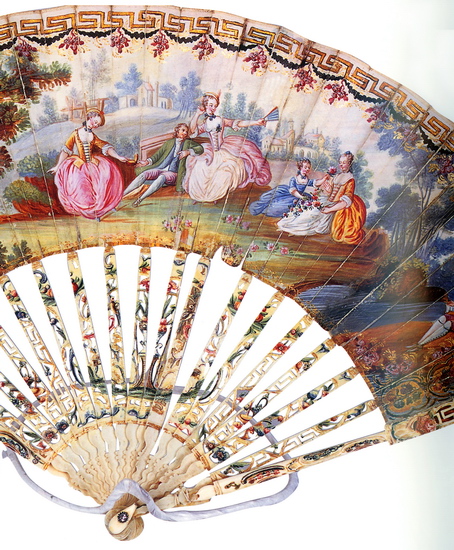
5. Pastoral plots. Battle scenes, trophies images and formal portraits of Baroque period were replaced with frivolous pastoral plots, intimate and mythological scenes. Often they depicted leisure outings of aristocrats, hunting scenes, erotic images of mythological characters, shepherds and shepherdesses.
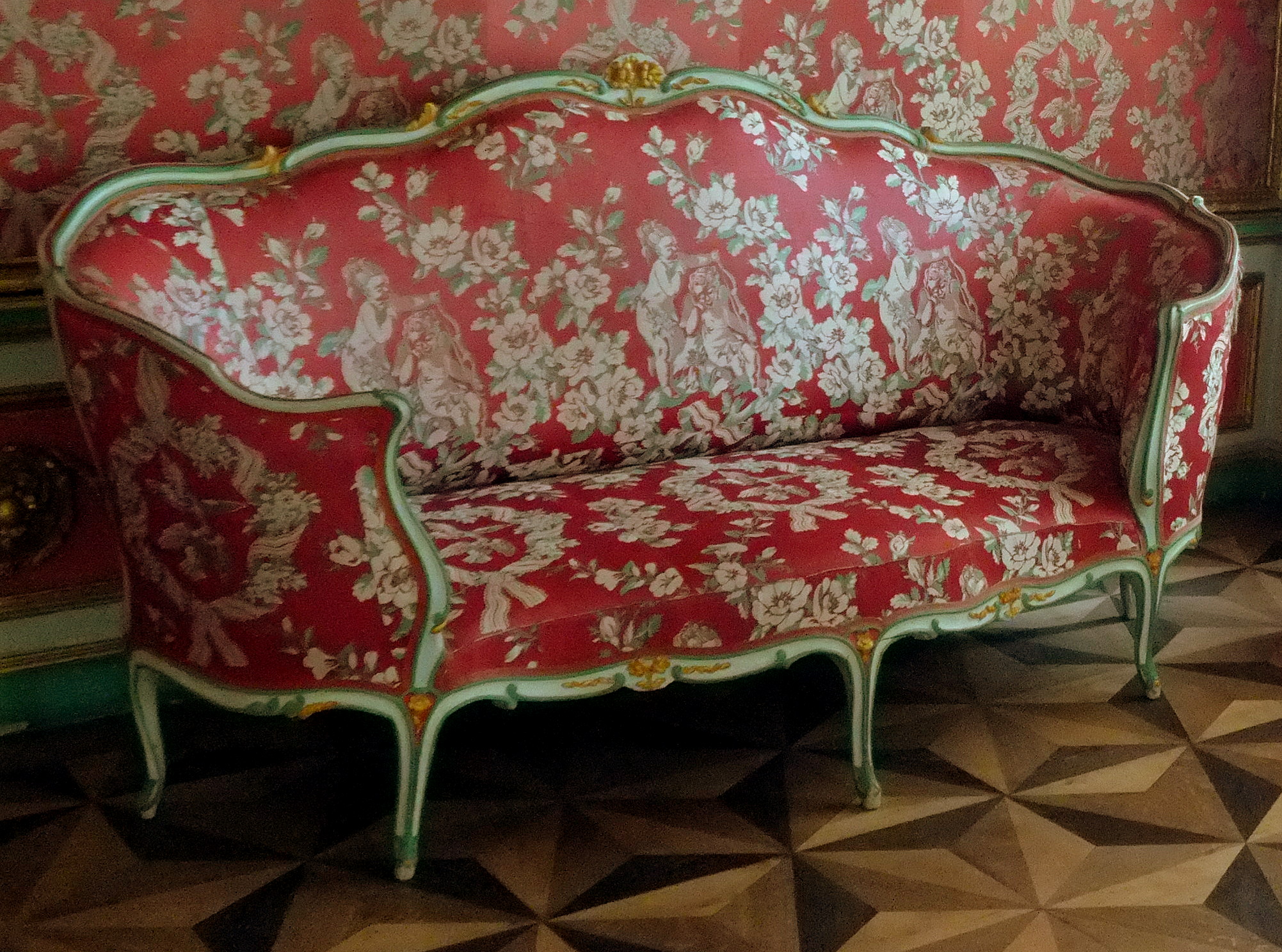
6. New types of furniture appeared, such as canapé, secreataire, bergere chair and tables for different purposes: playing cards, dressing tables, etc. Furniture becomes lighter and more elegant. Huge attention is paid to accessories and art objects. During that period Europe started to produce porcelain, appeared aquariums.
Since the emergence of Rococo, interest towards it was sometimes growing, sometimes fading. Today Rococo inspires many interior and furniture designers. Sometimes they use rococo elements in design but apply modern finishes. Designers Jimmie Martin replaced gilt with silver leaf on this rococo-style table:
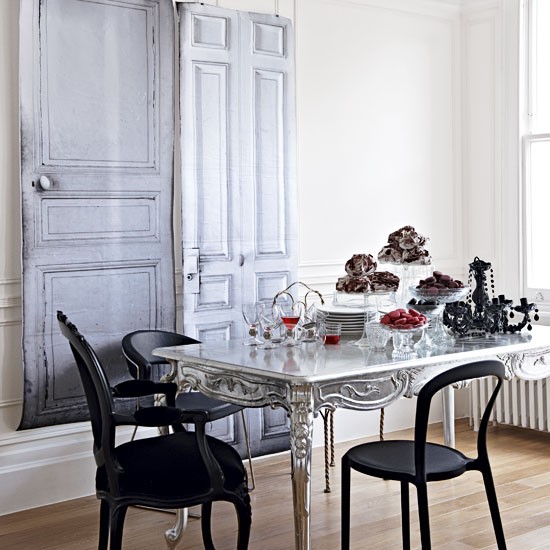
Want to learn more about various interior styles? Check my “HISTORY OF STYLES” book:

